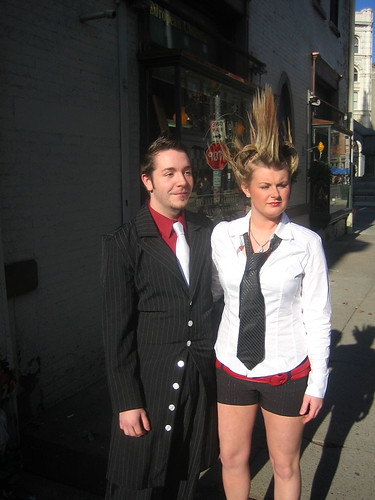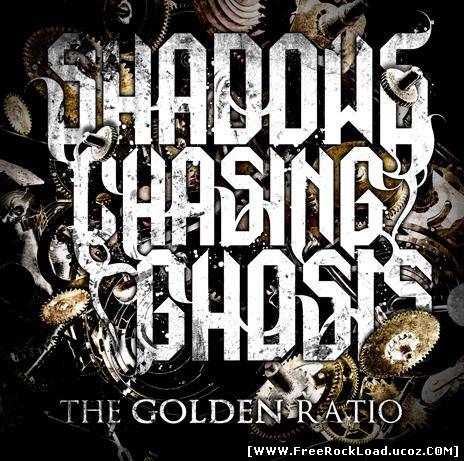Emo means emotional rock. This phrase is contradictory, I know, most of all music is emotional in one way or another.
What sets this difference?
Emo is extra emotional (large if you could tell), which is why it is known as emo. This phrase describes now letters of life, love, and the consequences, bad bar chords, power chords fast, melodic guitar riffs, and punk-rock, and drum beats. The most popular instruments for emo bands are guitar, bass and drums, but occasionally, a violin or a synthesizer will open.
Emo fashion:
Most people use emo-type pants and a kid-sized t-shirts with blood sneakers old school Chuck Taylor, 1980 Reebok style, or Sauconys. Flannel shirts, pop collars, trucker hats, sunglasses, large, long hair and faux hawks are also popular. A faux hawk is a very large mo-hawk, which is not as drastic or as eye catching as a traditional Mohawk.
Stereotypes:
All you hear is a stereotype. It can be a gentleman and business professionals who enjoy the emo scene. It can also be a long-haired hippie-like stoner emo enjoying a once in a while.
 Text-136
Text-136 Text-137
Text-137 Text-138
Text-138 Text-139
Text-139 Text-140
Text-140 Text-141
Text-141 Text-142
Text-142 Text-143
Text-143 Text-145
Text-145 Text-146
Text-146 Text-147
Text-147 Text-148
Text-148 Text-149
Text-149 Text-150
Text-150Emo Story
The history of emotions is less ambiguous than its current meaning. "Emo" music developed out of the DC punk scene in the 80's. In its original incarnation, emo was short for emocore, or emotional hardcore. The name was applied to hardcore punk bands of rock that stands apart from its peers by adding an emotional component to his music, which is the sadness and love and angst in their lyrics. The music was also characterized by particularly dramatic voice, the best, left the audience in an emotionally charged state, crying or screaming. These days, emo has been popularized and sent into the mainstream through bands like Dashboard Confessional, Taking Back Sunday and Saves the Day.